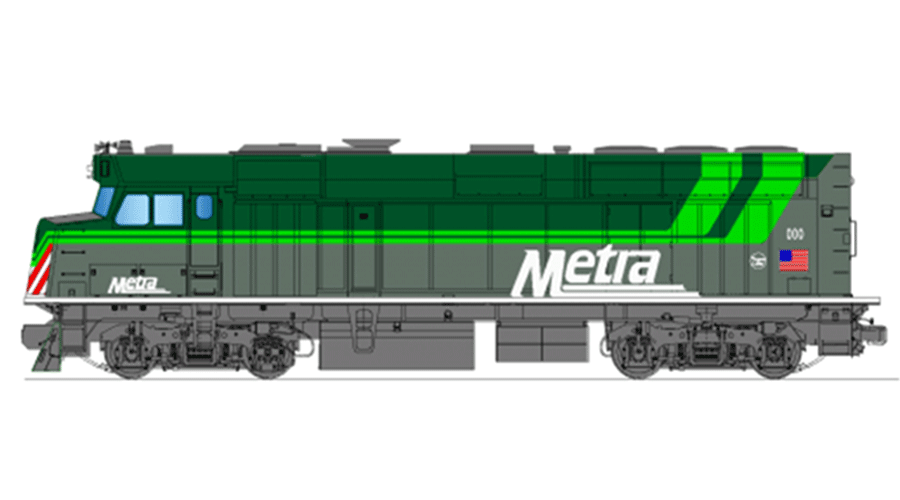MisterUptempo
Lead Service Attendant
Metra's board yesterday approved a plan to convert up to six of the Chicago commuter railroad's oldest diesel locomotives to zero-emission battery power.
The railroad's contract with Progress Rail Services Corp. calls for a base order of three locomotives, with options for three additional units, Metra officials said in a press release. The total cost for all six conversions — which will be completed at Progress Rail's facility in Patterson, Georgia — is $34.6 million. The base order is expected to take three-and-a-half years to complete.
------------------------SNIP----------------------------
Metra plans to test the new locomotives — which will have an estimated range of 150 miles per charge — on the Rock Island Line. Charging stations will be designed later and placed in the main yard and at a yet-to-be-determined outlying point.

Here's a link to the story from Progressive Railroading
Even though it will take 3 and a half years (or more) to get these electric locos onto the Rock Island tracks, I hope Progress would be able to provide specs about performance sooner than that, most particularly with regards to acceleration, as well as cold weather performance.
Last edited:




































